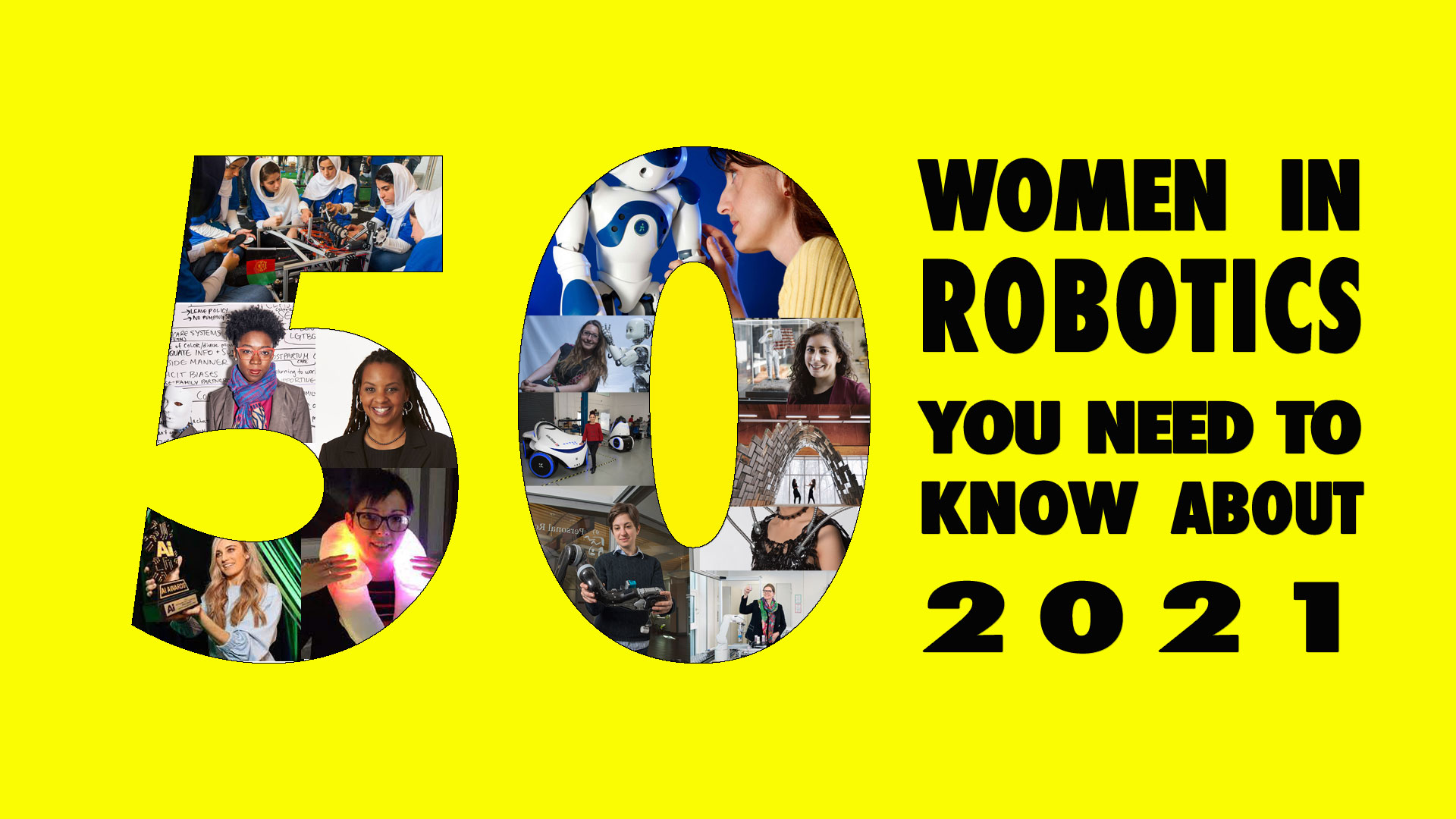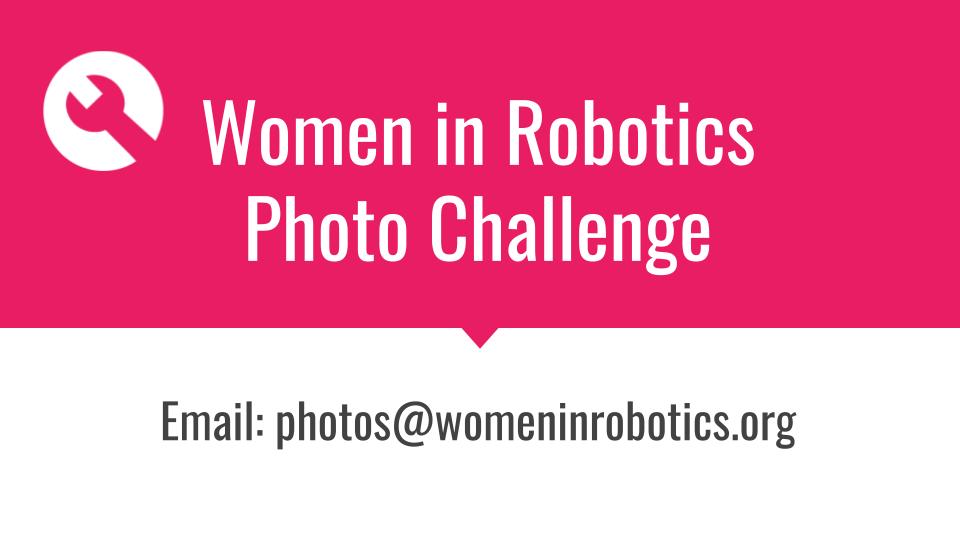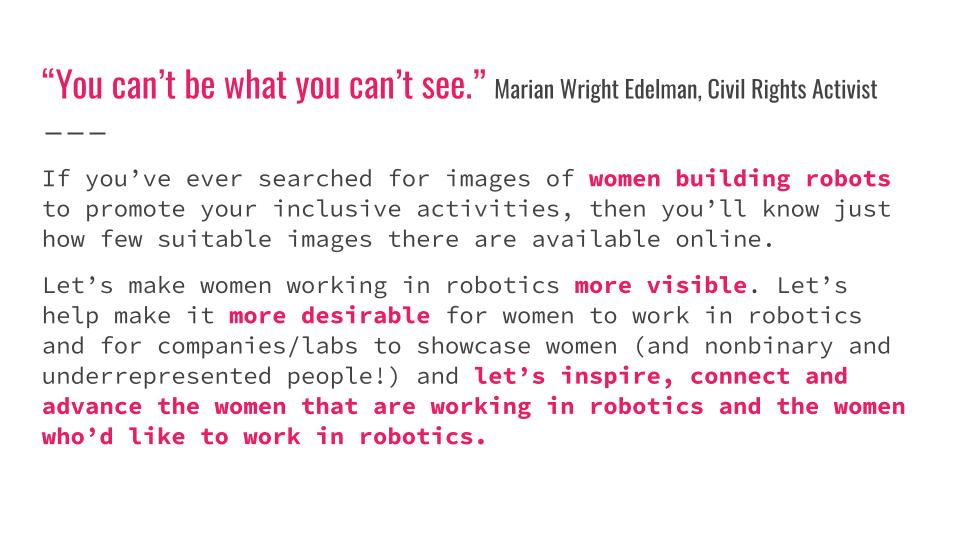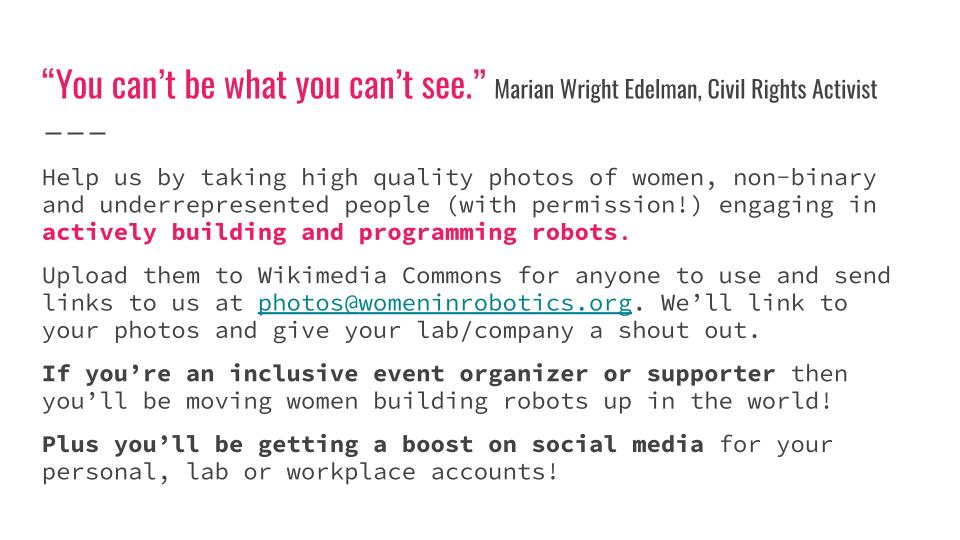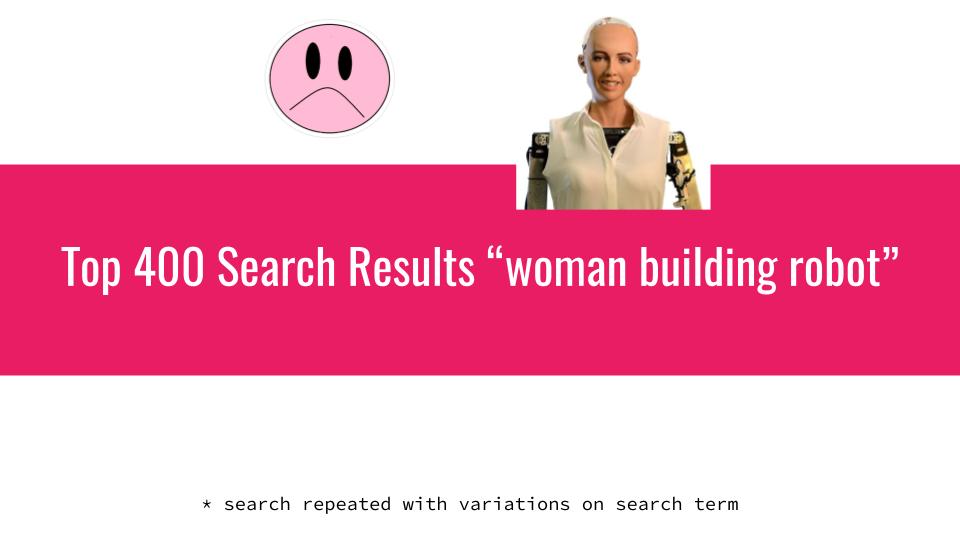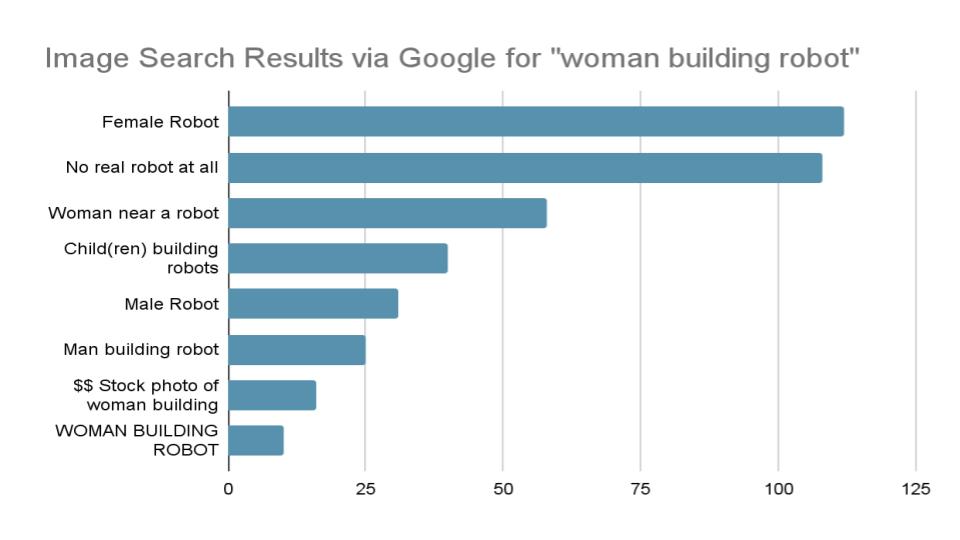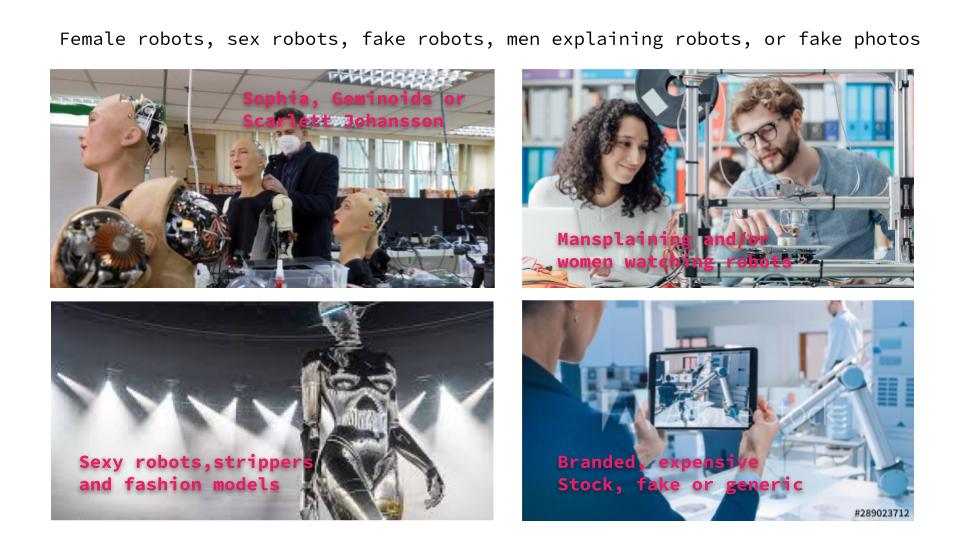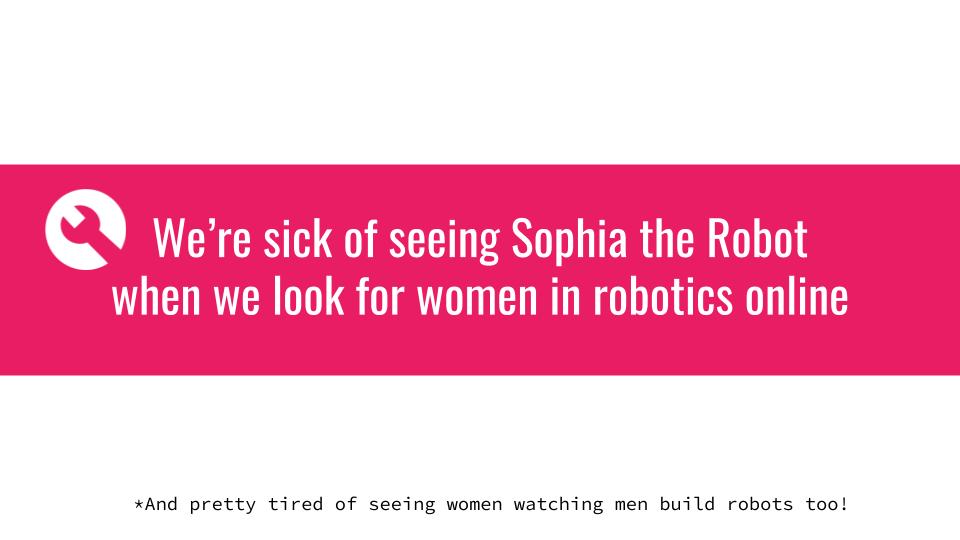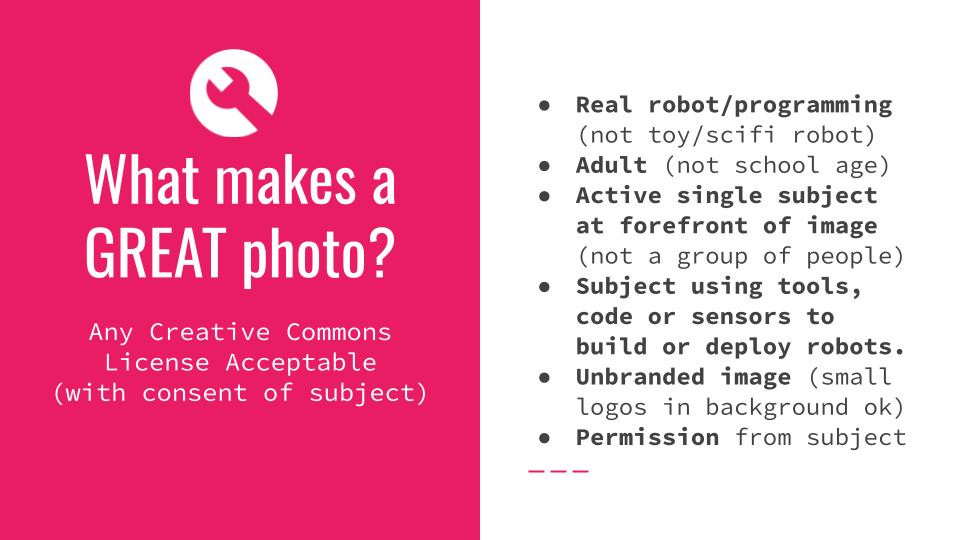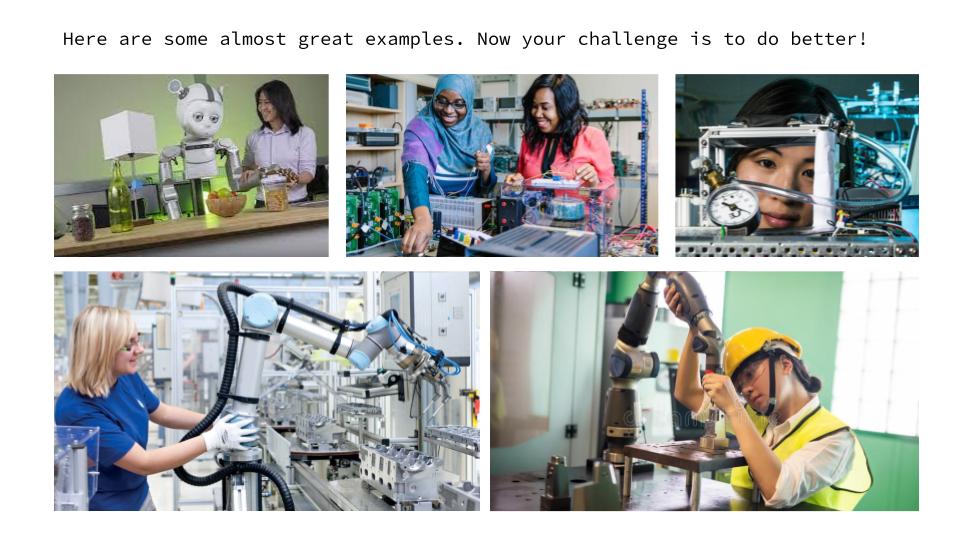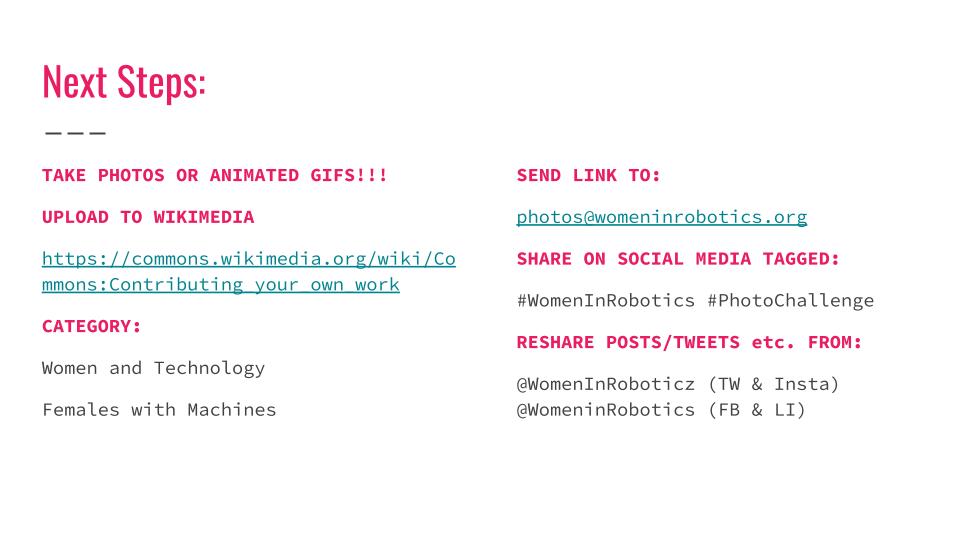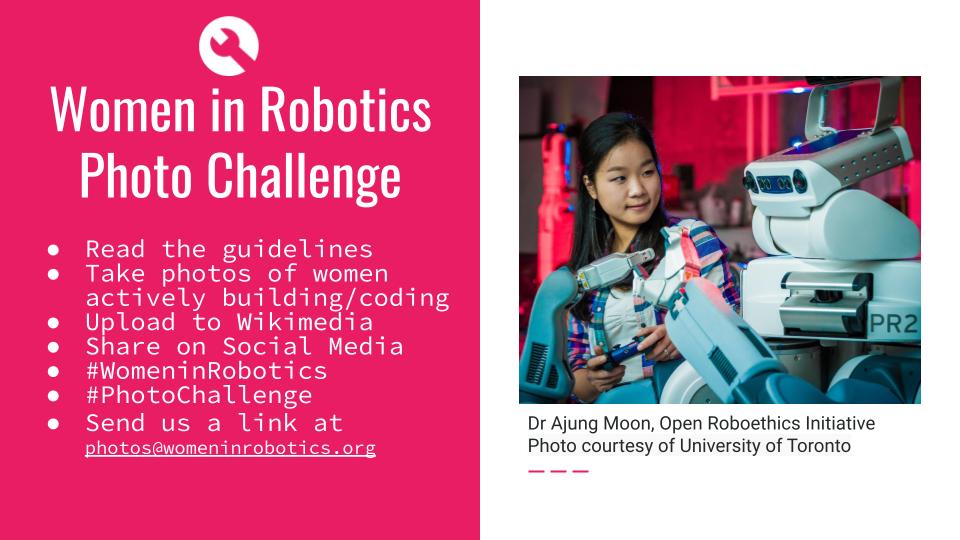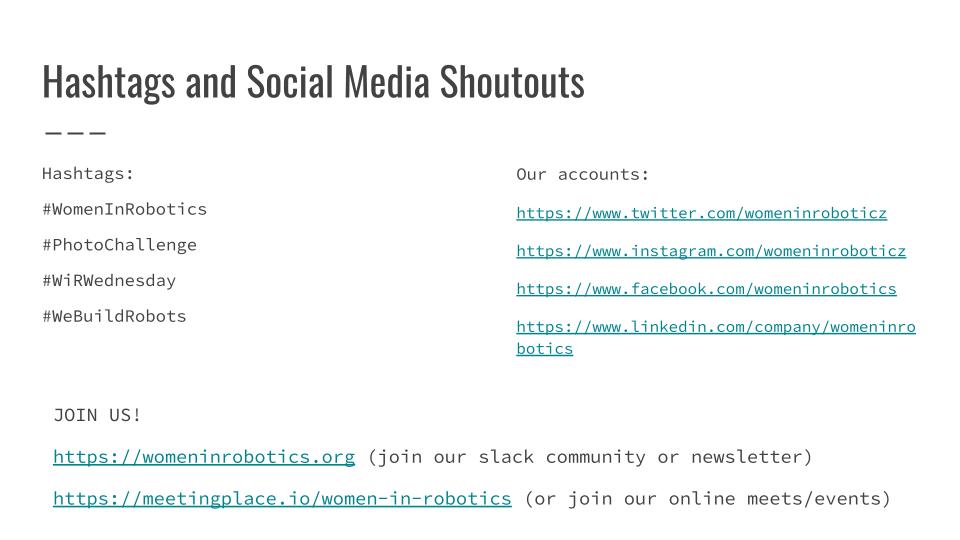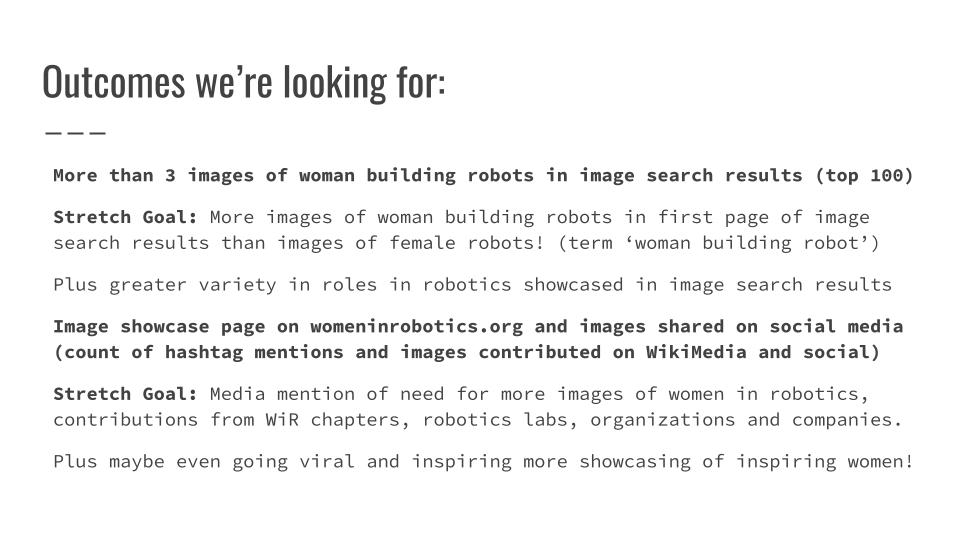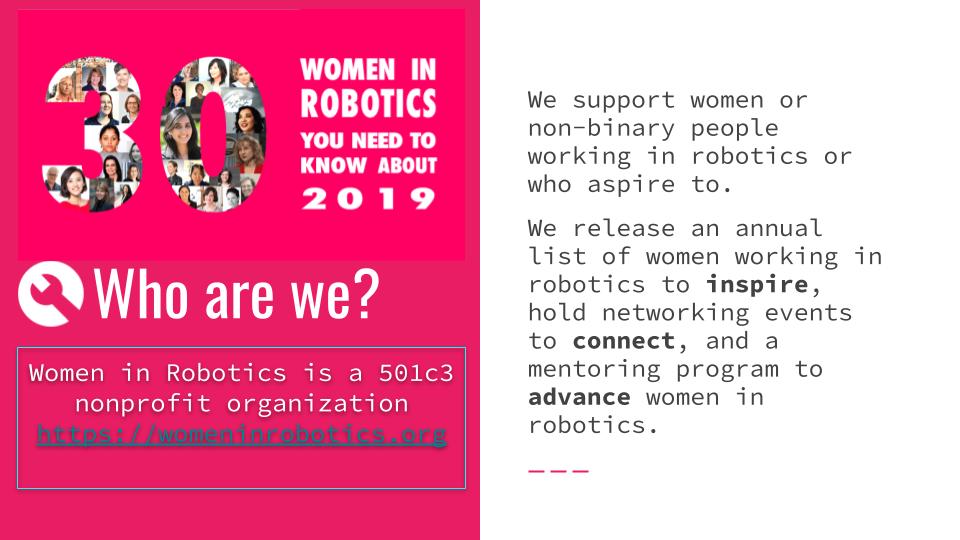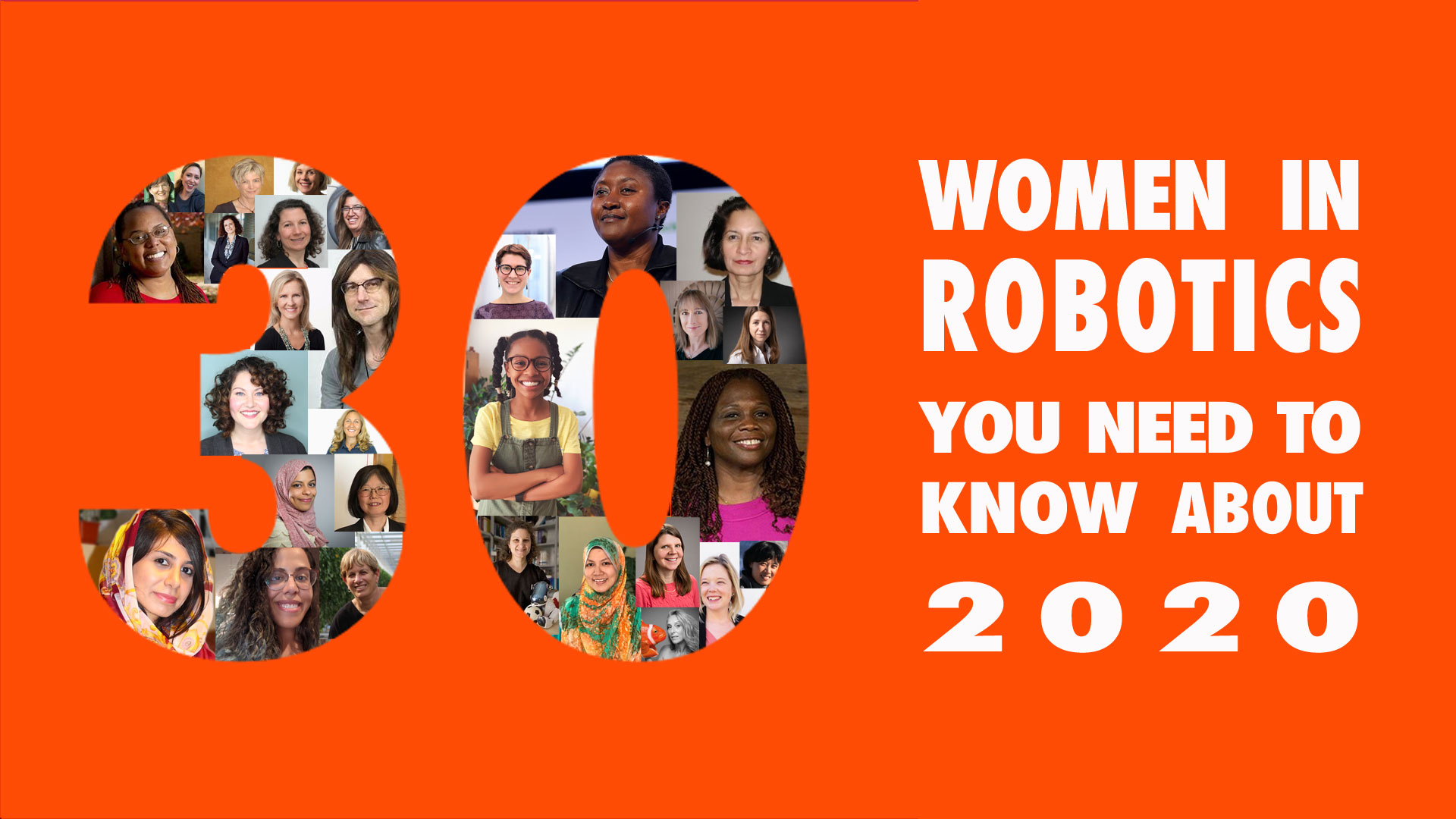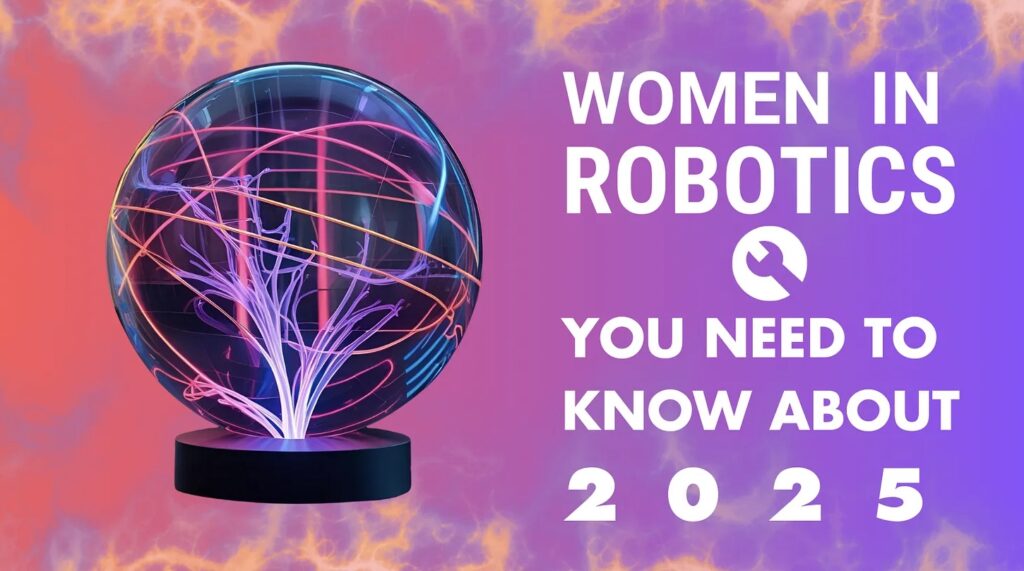
October 1 was International Women in Robotics Day, and we’re delighted to introduce this year’s edition of “Women in Robotics You Need to Know About”! Robotics is no longer confined to factories or research labs. Today, it’s helping us explore space, care for people, grow food, and connect across the globe. Behind these breakthroughs are women who lead research groups, launch startups, set safety standards, and inspire the next generation. Too often, their contributions remain under-recognized, and this list is one way we can make that work visible.
This year’s list highlights 20 women in robotics you need to know about in 2025. They are professors, engineers, founders, communicators, and project leaders. Some are early in their careers, others have already shaped the field for decades. Their work ranges from tactile sensing that gives robots a human-like sense of touch, to swarm robotics for medicine and the environment, to embodied AI that may one day live in our homes. They come from across the world, including Australia, Brazil, Canada, China, Germany, Spain, Switzerland, the United Kingdom, and the United States. Together, they show us just how wide the world of robotics really is.
We publish this list not only to celebrate their achievements, but also to counter the persistent invisibility of women in robotics. Representation matters. When women’s contributions are overlooked, we risk reinforcing the false perception that robotics is not their domain. The honorees you’ll meet here prove the opposite. They are making discoveries, leading teams, starting companies, writing the standards, and pushing the boundaries of what robots can do.

The 2025 honorees

- Heba Khamis
Heba Khamis is lecturer at UNSW and co-founder of Contactile, start-up making tactile sensors that give robots a human sense of touch to enable them to perform difficult material handling tasks. - Kelen Teixeira Vivaldini
Kelen Teixeira Vivaldini is a professor at UFSCar, Brazil, researching autonomous robots, intelligent systems, and mission planning, with applications in environmental monitoring and inspection. - Natalie Panek
Natalie Panek is a senior engineer in systems design and works in the robotics and automation division of the space technology company, MDA. She was named on Forbes 2015 30 under 30 and one of WXN’s 2014 Top 100 award winners. - Joelle Pineau
Joelle Pineau is a Canadian AI researcher and robotics leader and a professor at McGill. She also served as Meta AI’s vice‑president until 2025. She co‑directs the Reasoning & Learning Lab, co‑founded SmartWheeler and Nursebot and champions reproducible research. - Hallie Siegel
Hallie Siegel is a science communicator and former Robohub editor, building global networks that connect researchers and the public.

- Xiaorui Zhu
Xiaorui Zhu co-founded DJI and RoboSense and directs Galaxy AI & Robotics, with award-winning research in UAVs, autonomous driving and mobile robotics. - Lijin Aryananda
Lijin Aryananda is a robotics researcher with 15+ years’ experience in humanoids, automation & medical devices. At ZHAW she develops AI methods for tomography, bridging academia & industry with inclusive leadership. - Georgia Chalvatzaki
Georgia Chalvatzaki, professor at TU Darmstadt and head of the PEARL Lab, advances human-centric robot learning. Her work blends AI and robotics to give mobile manipulators the ability to collaborate safely and intelligently with people. - Mar Masulli
Mar Masulli is CEO & co-founder of BitMetrics, using AI to give robots & machines vision and reasoning. She also serves on the Spanish Robotics Association board. - Alona Kharchenko
Alona Kharchenko is co-founder & CTO of Devanthro, building embodied AI for homes, and was recognized by Forbes as 30 Under 30.
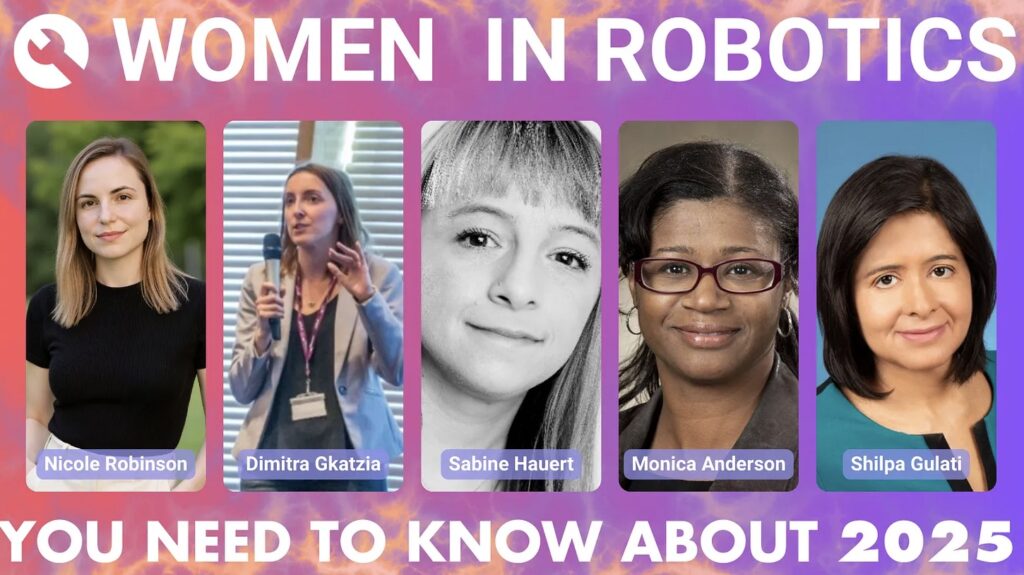
- Nicole Robinson
Nicole Robinson is the co-founder of Lyro Robotics, deploying AI pick-and-pack robots for industry. - Dimitra Gkatzia
Dimitra Gkatzia is an associate professor at Edinburgh Napier, advancing natural language generation for human-robot interaction. - Sabine Hauert
Sabine Hauert is a professor at the University of Bristol, co-founder of Robohub, and a pioneer in swarm robotics for nanomedicine and the environment. - Monica Anderson
Monica Anderson is a professor at the University of Alabama, researching distributed autonomy and inclusive human-robot teaming. - Shilpa Gulati
Shilpa Gulati is an experienced engineering leader with over 15 years of experience in building and scaling teams to solve complex problems in Robotics using state-of-the-art technologies.

- Shuran Song
Shuran Song is a Stanford professor and robotics researcher, building low-cost systems for robot perception and releasing influential open datasets. - Kathryn Zealand
Kathryn Zealand is co-founder of Skip, building powered clothing, “e-bikes for walking”. She spun the project out of X and has a background in theoretical physics. - Ann Virts
Ann Virts is a NIST project leader developing test methods for mobile and wearable robots, recognized with a U.S. DOC Bronze Medal. - Carole Franklin
Carole Franklin directs standards development for robotics at the Association for Advancing Automation (A3), leading ANSI & ISO robot safety work. With a background at Booz Allen & Ford, she champions safe, effective deployment of robots. - Meghan Daley
Meghan Daley is a NASA project manager who leads teams to develop and integrate simulations for robotic operations to prepare astronauts on the ISS and beyond.
We’ll be spotlighting five honorees each week throughout October, so stay tuned for deeper profiles and stories of their work.
Why it matters
Robotics is not just about technology; it’s about people. By showcasing these individuals, we hope to inspire the next generation, connect the community, and advance the values of diversity and inclusion in STEM
 Join the conversation on social media with #WomenInRobotics and help us celebrate the people making robotics better for everyone.
Join the conversation on social media with #WomenInRobotics and help us celebrate the people making robotics better for everyone.
The article was cross-posted from Women in Robotics. Read the original here.





